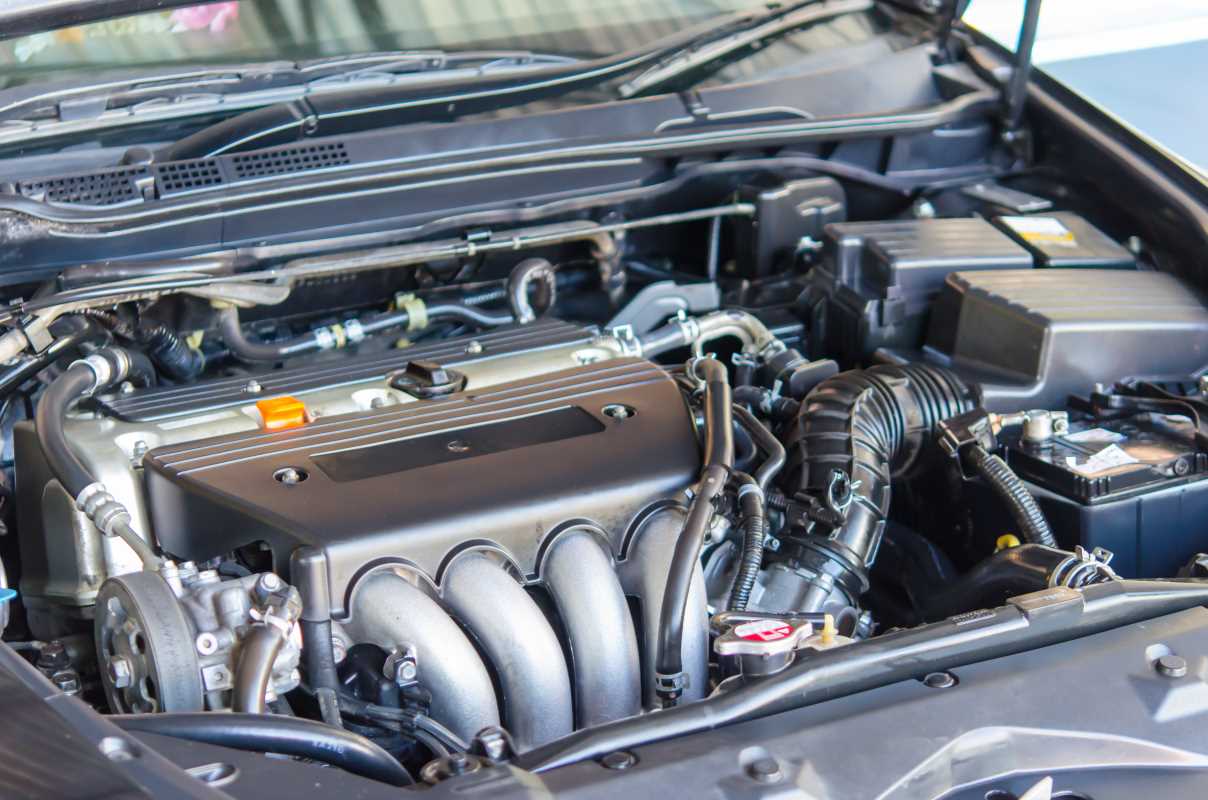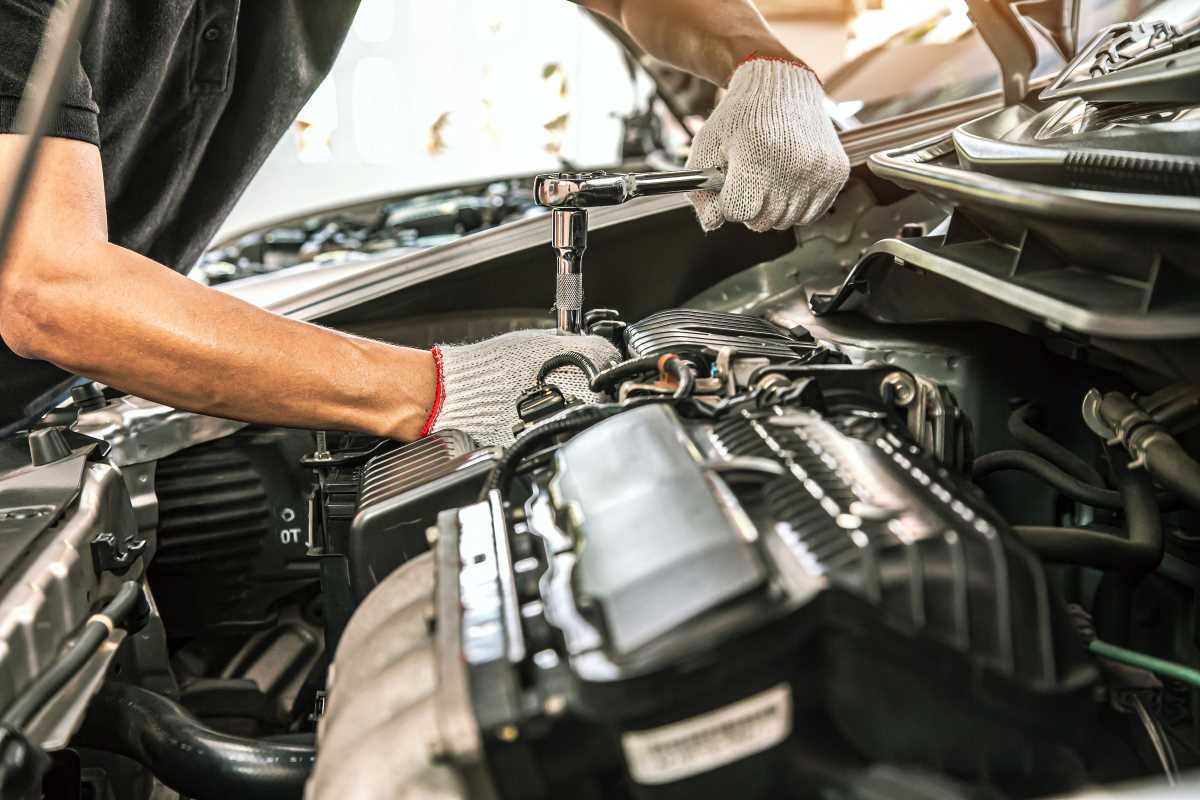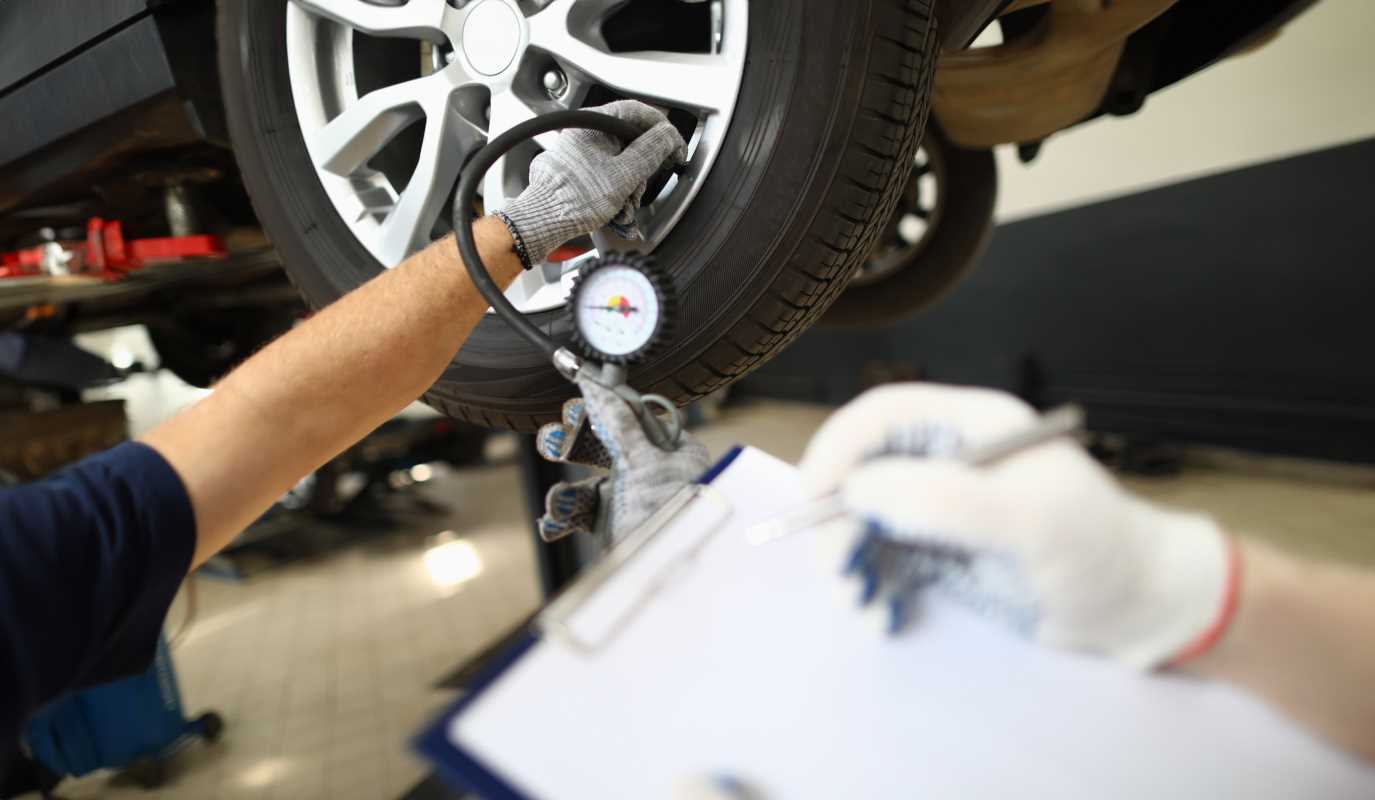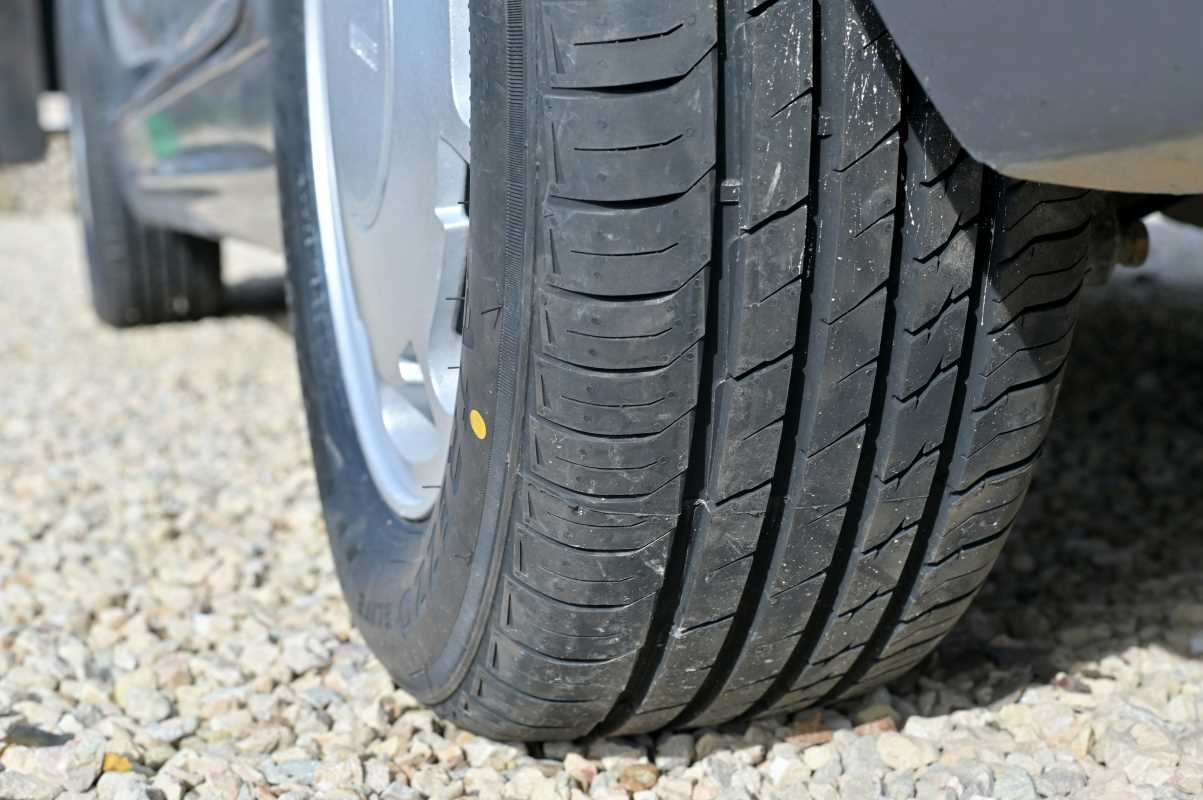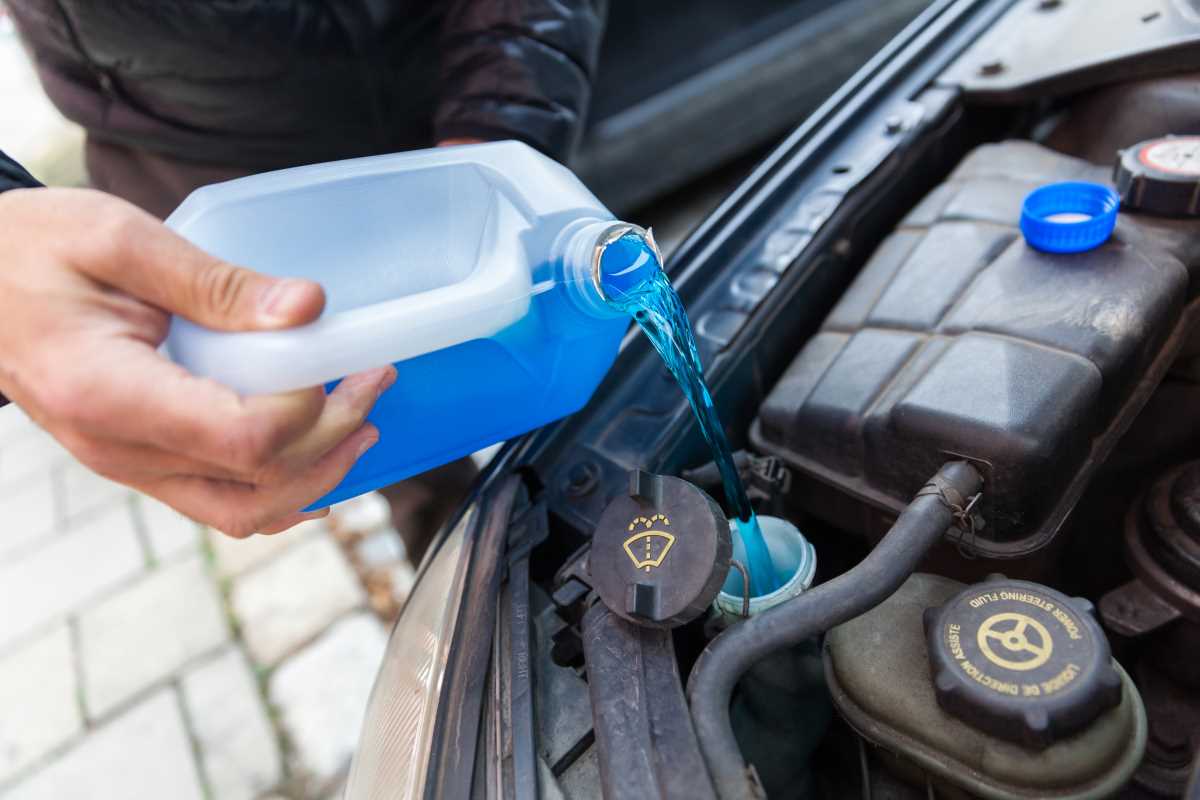Corrosion presents a significant and relentless threat to cars and trucks, particularly in regions where salted roads are a standard part of winter driving conditions. Over time, this exposure causes the underside, frame, and various metal components of your vehicle to progressively deteriorate. This degradation not only compromises the structural integrity and safety of your car but also significantly diminishes its resale value. Fortunately, there is a wide range of effective protective solutions available to shield your vehicle from this gradual and costly damage. This comprehensive guide will break down the primary types of rust preventers on the market. We will explore everything from liquid waxes to oily sprays, providing a clear overview of how each works. By spotlighting some of the highest-rated options available today, you will learn how to select the ideal formula to preserve your vehicle’s condition for the long run..
Why You Should Care About Rust-Proofing
A car is a big investment, so it makes sense to take steps that add to its lifespan and reliability. Corrosion happens naturally as iron or steel mixes with moisture and oxygen, and salt only speeds up this reaction. The resulting flaking doesn't just affect appearance.
Advanced corrosion can eat away at structural parts, making accidents more severe. It can also affect lines for brakes and fuel, as well as suspension hardware, potentially causing dangerous situations and high repair bills. Applying protective coatings acts as a barrier, helping keep these vulnerable parts in good shape. By including this in your regular care routine, you're helping retain value, improving safety, and making your car last.
Types of Rust-Proofing Products
Products for preventing rust come in different textures and formulas. The main approaches include wax-like coatings, oily sprays, and thick compounds, each offering unique benefits.
Wax-Based Coatings
Wax-based coatings are favored for their durability. These options usually go on wet and set up as a dry, tough layer that seals the surface.
- How They Work: A firm, shell-like coating blocks out moisture and road salt. Because they aren't sticky when cured, they help prevent dirt from sticking as much as oilier options.
- Best Application: Ideal for frames, underbodies, and exposed metal parts, these help with long-term defense. They're popular in places where cars see a lot of winter driving.
- Applying: For best results, prep the area thoroughly. Products like Waxoil have a reputation for lasting protection, but keep in mind they can be challenging to remove, making them best for surfaces that stay hidden.
Oil and Lanolin-Based Sprays
These offer a lighter, self-healing layer that moves into tight spaces and repels water. Lanolin (wool wax) is commonly used to improve their penetration.
- How They Work: These stay fluid longer, letting them seep into seams and joints. Scratches in the layer tend to "heal" as the coating creeps back over bare spots.
- Best Use: These sprays shine when you need to treat spots that are difficult to protect with other coatings like the inside of doors, rocker panels, or unibody cavities. Favorites include Fluid Film and Lanoguard.
- Applying: Aerosol cans or pressurized spray systems work best, especially with flexible wands that fit into hard-to-reach spaces. They usually need to be reapplied every 12 months or so.
Grease and Hybrid Compounds
With a texture thicker than oil but softer than wax, these products cling well, even on exposed areas that take a beating.
- How They Work: Their heavy consistency provides a robust, water-resistant layer. Some blends merge oil's ability to slip into seams with wax's staying power.
- Best Use: These formulas work well on suspension and underbody sections that regularly face spray and debris.
- How to Apply: Application is similar to oil-based sprays, using a compressor or specialized gun. Their stickiness can collect road grime, but they deliver lasting protection.
Top Picks for Auto Protection
Some solutions have become standouts thanks to positive testing and user feedback.
1. For Frames and Underbody: Waxoil
Jenolite Waxoil is a trusted choice among those looking for a lasting, low-maintenance shield.
- What Sets It Apart: In repeated evaluations, Waxoil offers impressive coverage. Its tough, matte coat is stubborn to remove. This is ideal if you want long-term defense without frequent touch-ups. It's especially popular for trucks, off-roaders, and vintage steel-bodied cars.
- Best Placement: Because of its semi-permanent nature, use Waxoil underneath or on non-visible sections. It's less suited to glossy painted parts or engine bays.
2. A Versatile Solution: XCP Rust Blocker Clear Coat
XCP Clear Coat provides a solid mix of protection, subtlety, and safety on various materials. Once dry, it leaves behind a soft, nearly invisible film.
- Standout Features: Offering strong moisture resistance without a greasy buildup, XCP keeps surfaces clean-looking. Safe for plastics and wiring, it's flexible enough for many parts throughout your car.
- Using It: Apply by aerosol for quick touch-ups or use a spray setup for an all-over approach. Its clear finish is perfect for areas you want to keep tidy, like engine compartments or anywhere visible.
3. For Hidden Spot Protection: Fluid Film
Fluid Film has a loyal user base, acclaimed for getting into tight seams and inside boxed panels. The layer remains damp and creeps into hard-to-access places.
- Key Advantages: Its best feature is how it migrates across metal surfaces, even welded seams, offering a barrier where rust loves to start. It's proven for hollow doors, rocker panels, rails, and more.
- Application Tips: Use a 360-degree cavity wand for even treatment inside hidden parts. Because the coating stays wet, apply it regularly (typically every year) to keep performance high.
4. Heavy-Duty Defense: LPS 3
LPS 3 Rust Inhibitor is an industrial-strength favorite, forming a waxy barrier that’s tough on corrosion.
- Highlight: Well-suited for outdoor machinery and vehicles, LPS 3 fares especially well against salt water and harsh exposure. Its robust film is a go-to for undercarriages.
- Where to Use: Best on chassis components. Just be cautious to keep it off sensitive plastic parts or lights, as it's not designed with those in mind.
Tips for Applying Rust-Proofing Products at Home
You don't need a professional shop to get quality results, just some prep and the right gear.
- Prep the Underside: Wash thoroughly with a pressure washer and use a degreaser. Let everything dry completely.
- Gather What You Need: Safety gear like goggles, gloves, and a respirator will protect you. For deep treatment, a spray gun and flexible wands (powered by a compressor) help reach hidden cavities.
- Start Inside First: Use a cavity wand inside frame rails, cross members, and other hard-to-reach places. Insert fully, spraying as you pull out slowly.
- Finish with Open Areas: Switch to a fan nozzle to cover the exposed underbody. Stay clear of exhaust parts, brake components, and drive belts to avoid any unwanted effects.
With a smart routine and quality product, you're building a tough line of defense against exposure and keeping your investment in shape for years down the road.
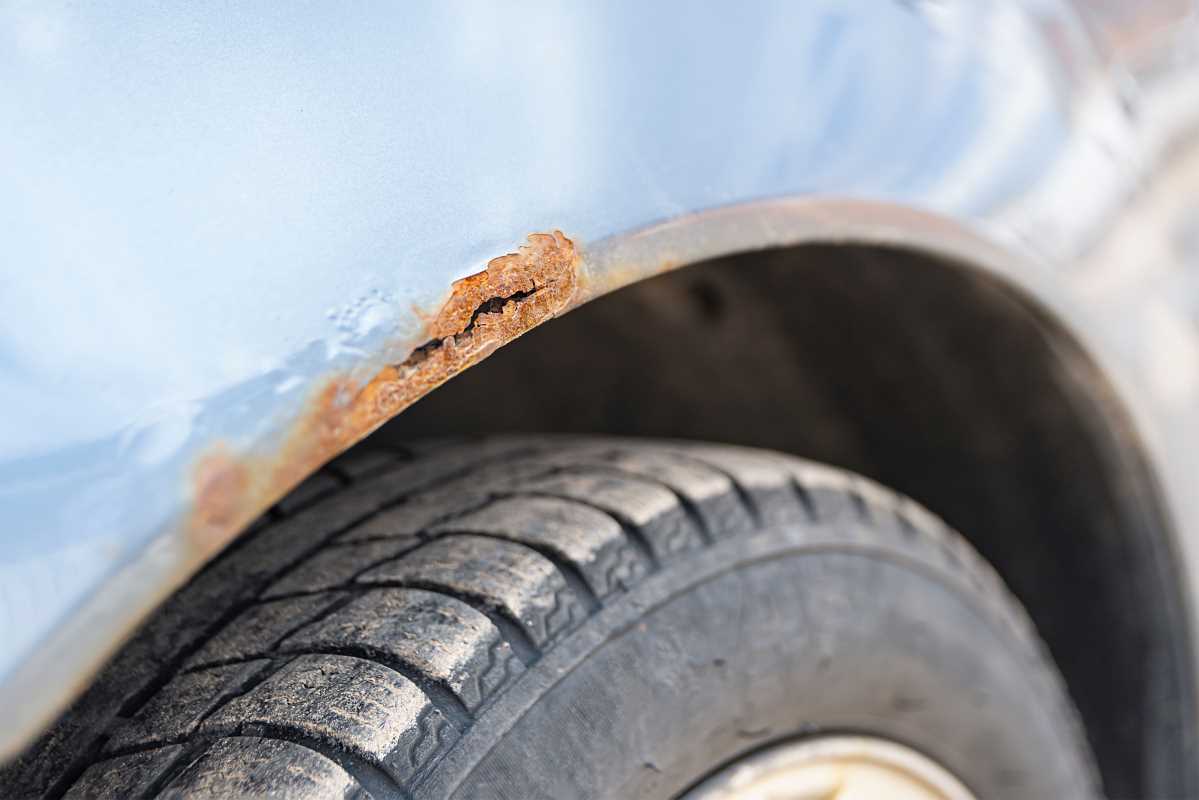 (Image via
(Image via